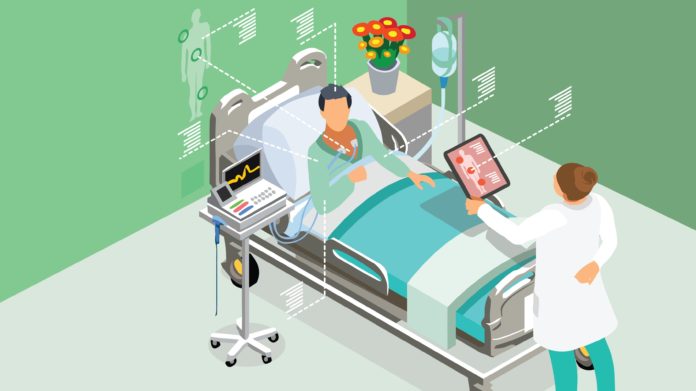Quite possibly, doctors have a tough job to do monitoring several patients at one time, and sometimes standards can slip when they’re given too heavy a workload. However, researchers from MIT’s Computer Science and Artificial Intelligence Laboratory (CSAIL) have set put to change that by integrating machine learning techniques into patient care and to help doctors make better decisions.
One approach created was named “ICU Intervene” and is a machine learning approach that processes large amounts of intensive care unit (ICU) data to figure out what treatments are the best option for the different symptoms presented. Deep learning is used to allow the computers to make real-time predictions by learning from past ICU cases. Lead author on the study and Ph.D. student, Harini Suresh, says “The system could potentially be an aid for doctors in the ICU, which is a high-stress, high-demand environment. The goal is to leverage data from medical records to improve health care and predict actionable interventions.”
Another approach to the problem was called “EHR Model Transfer” that involved facilitating the application of predictive models on an electronic health record (EHR) system, even though it had been trained on a different system. In using this approach the team successfully demonstrated that predictive models for mortality could easily be trained on one system then use another in which to make predictions. “Much of the previous work in clinical decision-making has focused on outcomes such as mortality (likelihood of death), while this work predicts actionable treatments,” says Suresh.
There are five interventions in which ICU Intervene focuses that cover a variety of needs such as breathing assistance fluid therapy, and lowering blood pressure. Every hour, vital signs are taken and analyzed to see how far from average the patient lies and to then decide the right course of treatment. ICU Intervene can also make future predictions. Nigam Shah is an associate professor of medicine at Stanford University and not involved in the study. Shah stated, “Deep neural network based predictive models in medicine are often criticized for their black-box nature. However, these authors predict the start and end of medical interventions with high accuracy, and are able to demonstrate interpretability for the predictions they make.” Future research for the team will involve trying making improvements to ICU Intervene that will give more personalized care and better reasoning behind decisions.
Hospitals often change their EHR systems which can cause problems when existing machine learning models need consistent data in order to work consistently. But, thanks to EHR Model Transfer this could soon be a problem of the past. This approach works on various EHR platforms and uses natural language in which to identify and process clinical concepts that may be encoded differently elsewhere. This approach ensures that patients transferring from one hospital to another could still have aspects of their visit predicted. “Machine-learning models in health care often suffer from the low external validity and poor portability across sites,” explains Shah. “The authors devise a nifty strategy for using prior knowledge in medical ontologies to derive a shared representation across two sites that allow models trained at one site to perform well at another site.” Moving forward the team are looking to evaluate EHR systems’ data from other hospitals and care establishments.
More News to Read
- Disney has Developed a Software That Makes it Easy to Animate Characters
- Take A Closer Look at Bacterial Biofilm Machines
- Research Confirms Diabetes is Linked to Problems the Oral Microbiome
- New Observation Results of the Sun Surprises Astronomers
- Most Accurate Measurements of Dark Matter and Dark Energy Revealed by Dark Energy Survey

